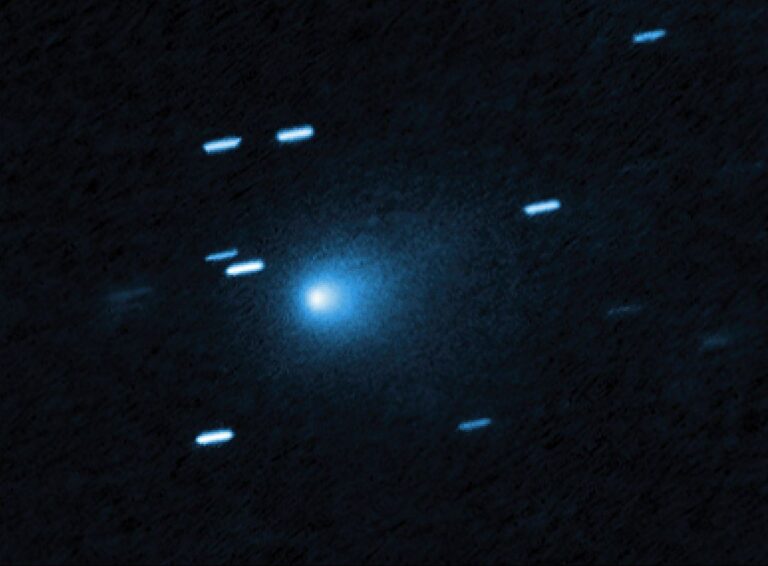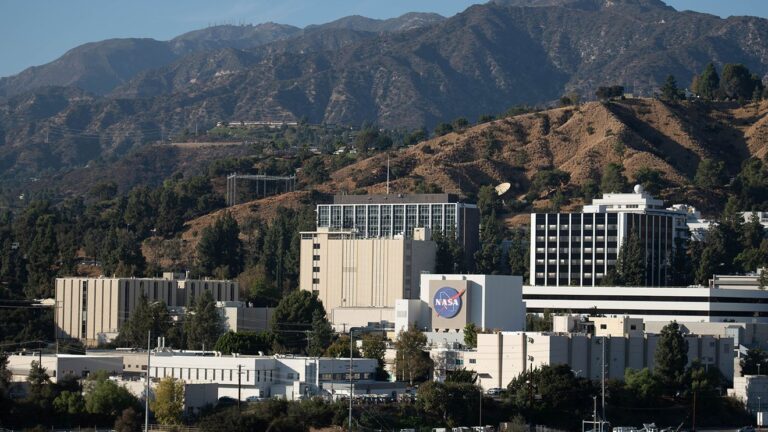Key Takeaways:
- In November 1991, object 1991 VG was discovered exhibiting an Earth-like solar orbit and a rotational speed deemed anomalous for contemporary asteroid models, prompting initial confusion regarding its classification.
- Early hypotheses for 1991 VG included human-made spacecraft or, speculatively, an extraterrestrial probe, advanced due to the object's observed characteristics and a lack of immediate conventional explanations.
- The object's predicted re-encounter with Earth in May 2017 coincided with a significant advancement in the understanding of small asteroid populations and their physical behaviors.
- Improved scientific models and subsequent observations clarified that 1991 VG's rapid tumbling is consistent with natural asteroids of its size, ultimately classifying it as a celestial body rather than an artificial object.
On November 6, Scotti saw a 10- to 20-meter (33 to 66 feet) object move across the night sky in a way that seemed to indicate it was near Earth. The next night, it was gone, but there was a different nearby object behaving exactly the same. On the third night of observing, neither object was there.
Scotti was confused. A fourth observation finally found one of the objects and revealed what was going on: they were the same object moving in circles across the night sky, indicating an orbit around the Sun nearly identical to Earth’s.
“(It) would be moving across the sky, but it would be moving in little loops,” Scotti says. “It wouldn’t be moving in just a straight line because it’s relatively close to the Earth.”
The spin of the object was way too fast. The sort of rotation rate he witnessed would rip an asteroid apart, according to the model of small asteroids at the time, which described them as loosely-bound “rubble piles.”
Scotti thought he might instead be working with a spaceship — but a human-built one. By tracking the orbit, he inferred that the last time it passed by Earth was around 1974. Suspicions turned toward early Apollo missions or the ascent stage of the Helios probe, but the Apollo missions were too early, and Scotti and his collaborators later found out that Helios’ rocket had been intentionally turned around and placed in a high-Earth orbit, eliminating it as a candidate.
Duncan Steel, an astronomer focused on small solar system bodies, proposed “very tentatively” that it could be an alien probe, saying that in the absence of other explanations, it represented a “candidate for consideration.”
Robert Freitas and Frank Valdes looked for objects behaving just like this in the 1980s as part of the Search for Extraterrestrial Artifacts, which applied scientific rigor to a science-fiction idea: that a spaceship could be hiding in groups of asteroids near Earth and in the main belt.
“We reasoned that unless the probes were intended to hide from detection it would be possible to actually look,” Valdes, a scientist at the National Optical Astronomy Observatory, says.
He adds that the best way to find an alien probe would be to conduct an asteroid-like hunt for them. “This is the same process used for finding asteroids, including potential impacting asteroids,” Valdes says. “The main difference is that these would not whiz by but remain in a stable nearby orbit.”
Sound familiar?
Based on its orbit, the object christened 1991 VG was expected to re-encounter Earth earlier this year. And indeed it did — but in that 26-year interim, our understanding of asteroids and meteors improved, as did the sample population of small asteroids like 1991 VG. It turns out, most 10- to 20-meter asteroids tumble like that without falling apart.
“What [Steel] was suggesting was that we knew how many objects in the 10- to 20-meter size range were out there and we didn’t,” Scotti says.
Rocket bodies are hollow, and as such, can be pushed around by radiation from the Sun. Their orbits would likely move and shift over time. But 1991 VG was exactly where Scotti and his collaborators predicted on its return in May 2017.
And as it tumbled through, the intervening years had taught us that this wasn’t an alien probe or a human spaceship: it was just another rock in our neighborhood dropping by for a visit.
EDITOR’S NOTE: This week, another NEO discovered at the University of Arizona was revealed as a companion to Earth rather than a piece of space junk. (469219) 2016 HO3 exhibited much of the strange behavior of 1991 VG and is now known to be a “quasi-satellite” of Earth that behaves in a similar orbit, though it officially orbits the Sun with a little input from Earth.










